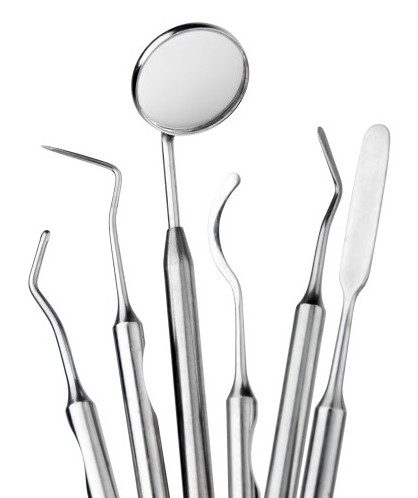PUBLISHED IN TCI WEEKLY NEWS
June 29th 2013
Root canal treatment or ‘endodontics’ treats the inside of the tooth. “Endo” is the Greek word for “inside” and “odont” is Greek for “tooth.”
The mention of root canals or root canal treatment often elicits a groan from the patient, largely due to the fact it is often associated with pain. This is because the inside of the tooth contains soft tissue called pulp and amongst other things this pulp contains nerves- the things that tell our brain when something hurts. The pulp also contains blood vessels and connective tissue and extends from the crown of the tooth to the tip of the roots where it connects to the tissues surrounding the root. Whilst the pulp is important during a tooth’s growth and development, once a tooth is fully mature it can survive without the pulp, because the tooth continues to be nourished by the tissues surrounding it.
Endodontic treatment is necessary when the pulp becomes inflamed or infected. The inflammation or infection can have a variety of causes: deep decay, repeated dental procedures on the tooth, or a crack or chip in the tooth. Occasionally trauma to a tooth may not have left any visible chips or cracks but the teeth may still require treatment. If pulp inflammation or infection is left untreated, it can cause pain or lead to an abscess. Signs of pulp damage include pain, prolonged sensitivity to heat or cold, discoloration of the tooth, and swelling and tenderness in the nearby gums. However, there may be no symptoms at all.
 Endodontic procedures are performed to relieve the pain of toothaches caused by this pulp inflammation or infection. To carry out a root canal treatment the dentist makes an opening in the crown of the tooth. This is done under a local anesthetic so the patient will feel no pain during the procedure. Very fine instruments are used to clean the pulp from the pulp chamber and root canals and to shape the space for filling. In the UK the National Institute for Clinical Excellence (NICE) recommends that a new set of endodontic instruments is used for each individual patient to reduce the risk of prion contamination and the chance of instruments breaking when in use. This is a policy I adhere to in my clinic. After use, the instruments are stored under the patient’s name and reserved solely for their use.
Endodontic procedures are performed to relieve the pain of toothaches caused by this pulp inflammation or infection. To carry out a root canal treatment the dentist makes an opening in the crown of the tooth. This is done under a local anesthetic so the patient will feel no pain during the procedure. Very fine instruments are used to clean the pulp from the pulp chamber and root canals and to shape the space for filling. In the UK the National Institute for Clinical Excellence (NICE) recommends that a new set of endodontic instruments is used for each individual patient to reduce the risk of prion contamination and the chance of instruments breaking when in use. This is a policy I adhere to in my clinic. After use, the instruments are stored under the patient’s name and reserved solely for their use.
After the space is cleaned and shaped, the root canals are filled with a biocompatible material, usually a rubber-like material called “gutta-percha.” The gutta-percha is placed with an adhesive cement to ensure complete sealing of the root canals. The tooth can then be restored either with a filling or crown. (It is common for root filled teeth to be crowned as a root filled tooth tends to be more brittle and susceptible to fracture.)
For the first few days after treatment, your tooth may feel sensitive, especially if there was pain or infection before the procedure. In most cases, this discomfort can be relieved with over-the-counter or prescription medications.